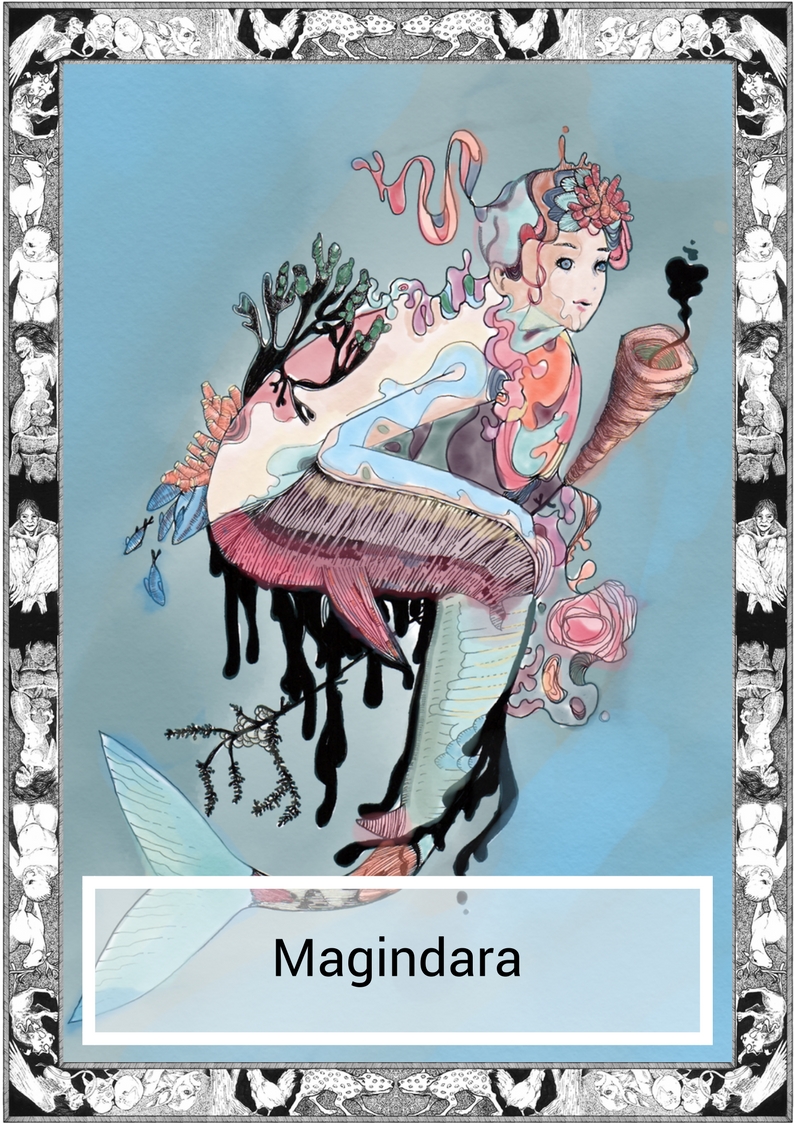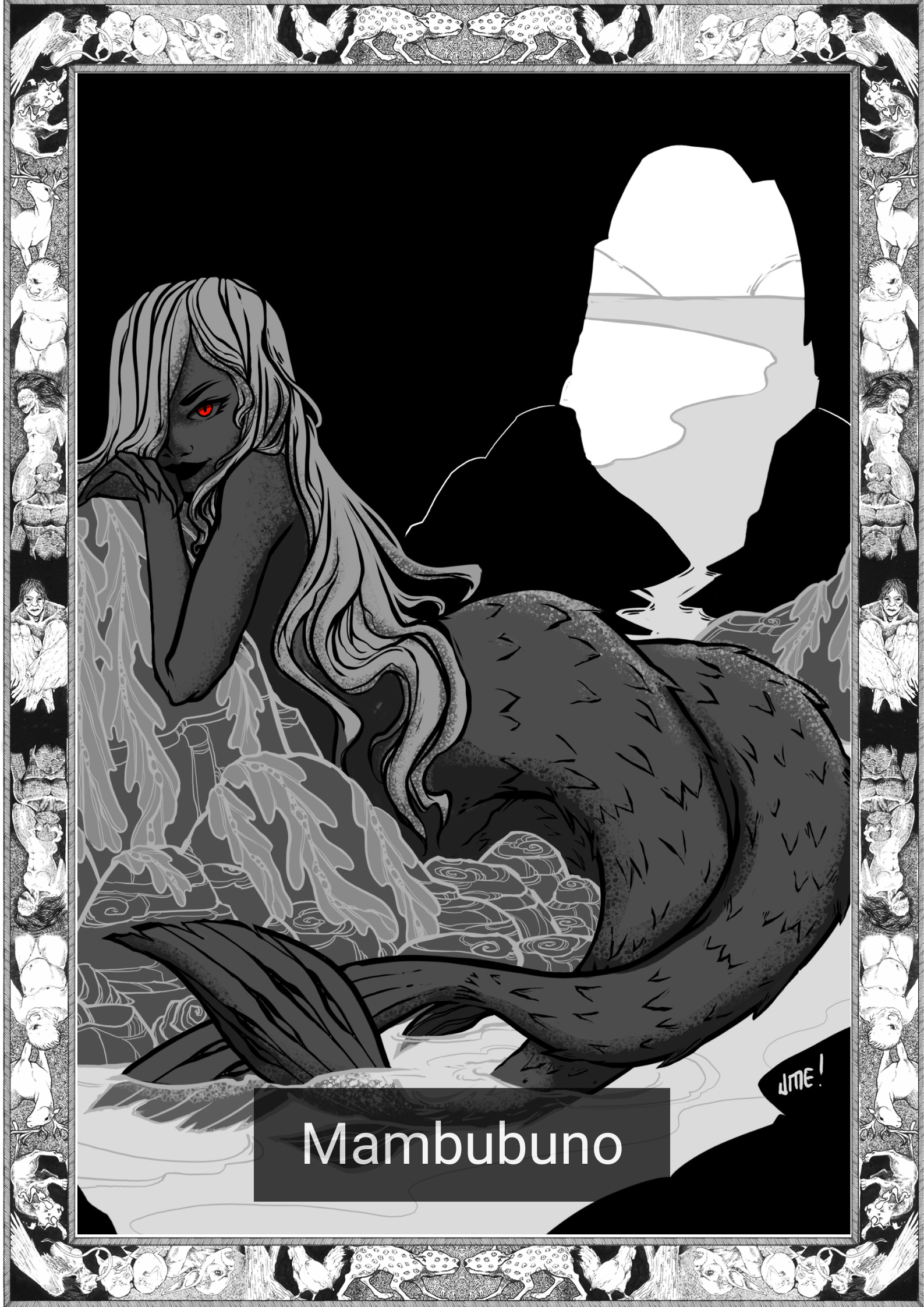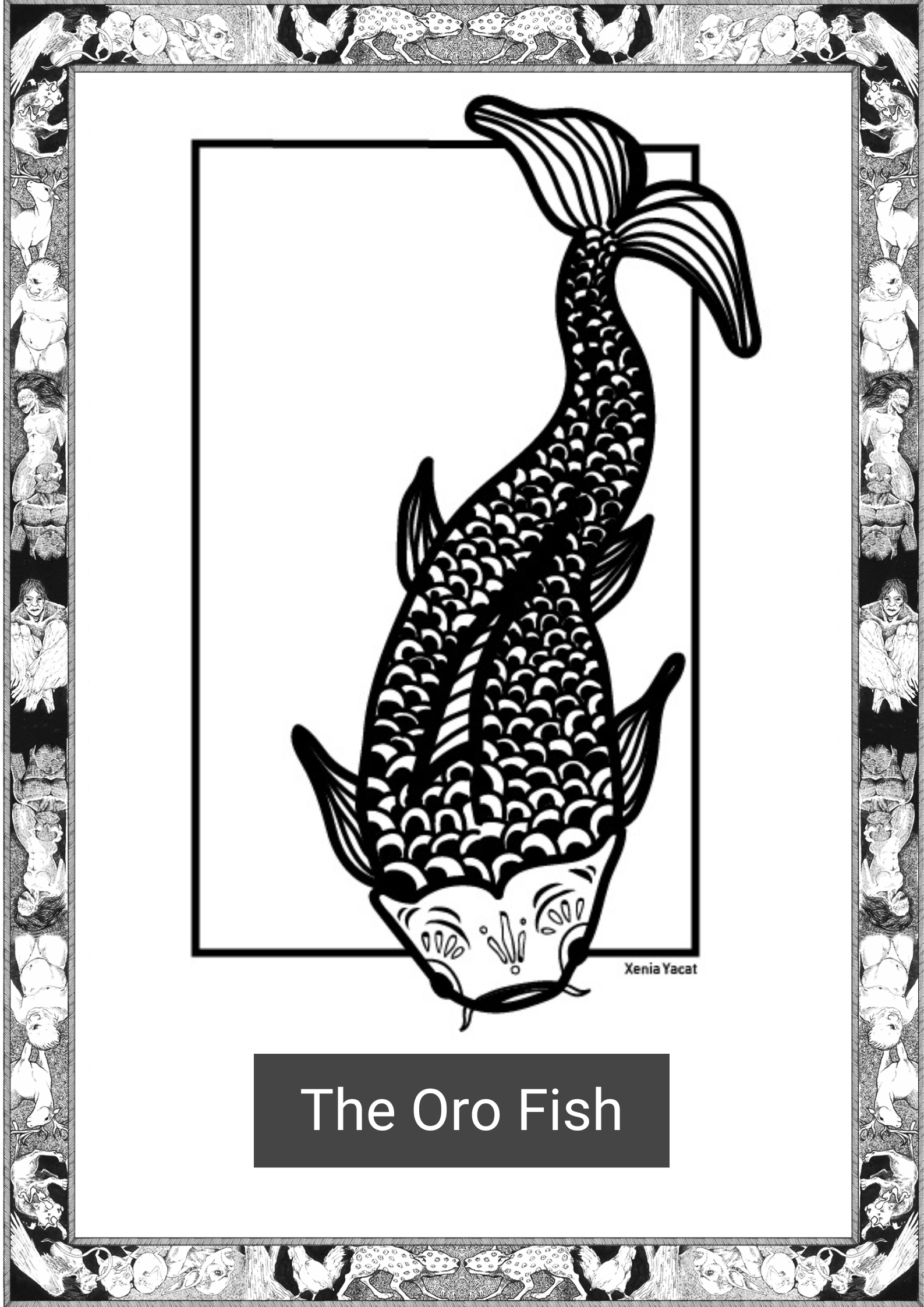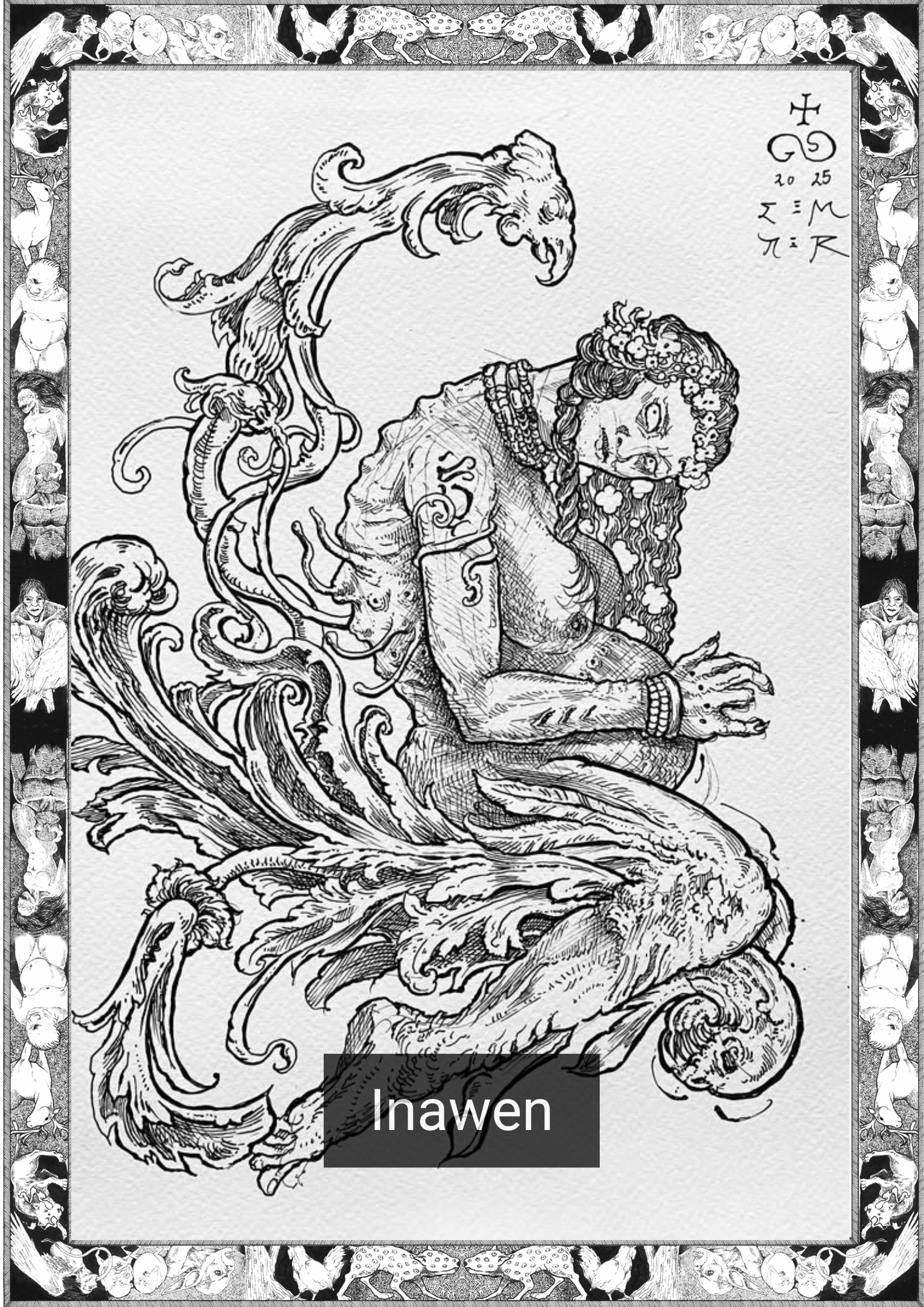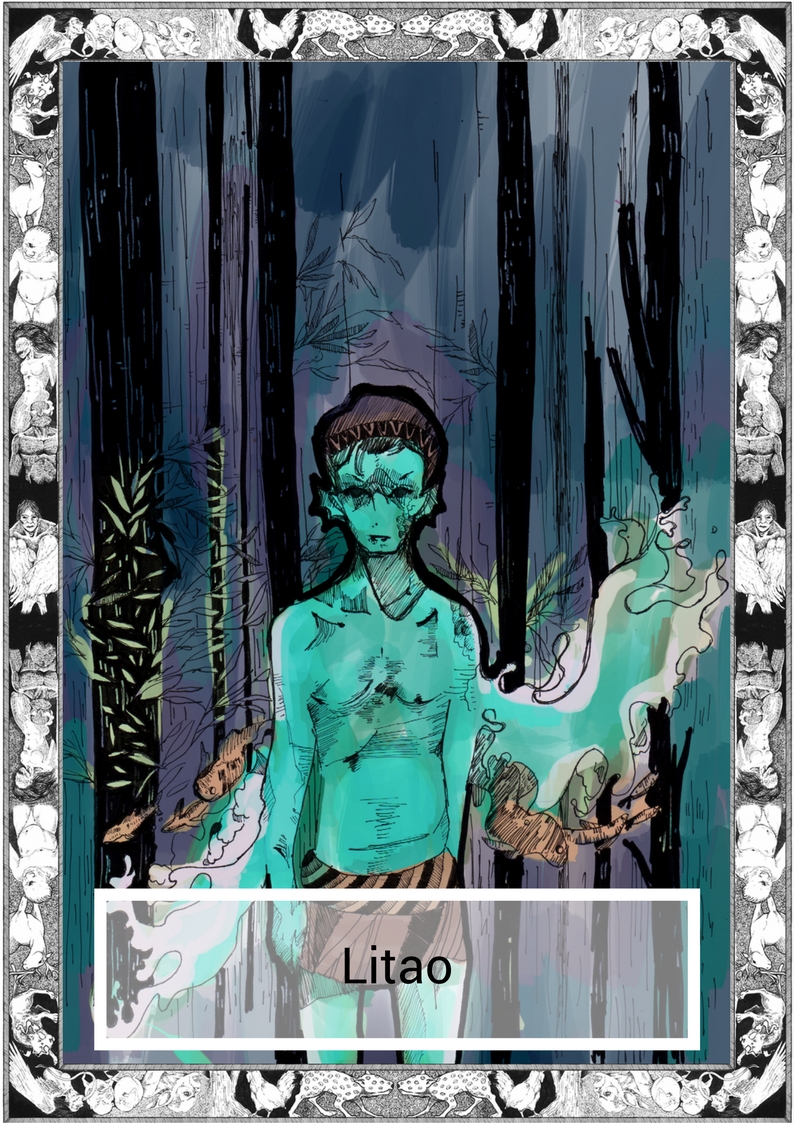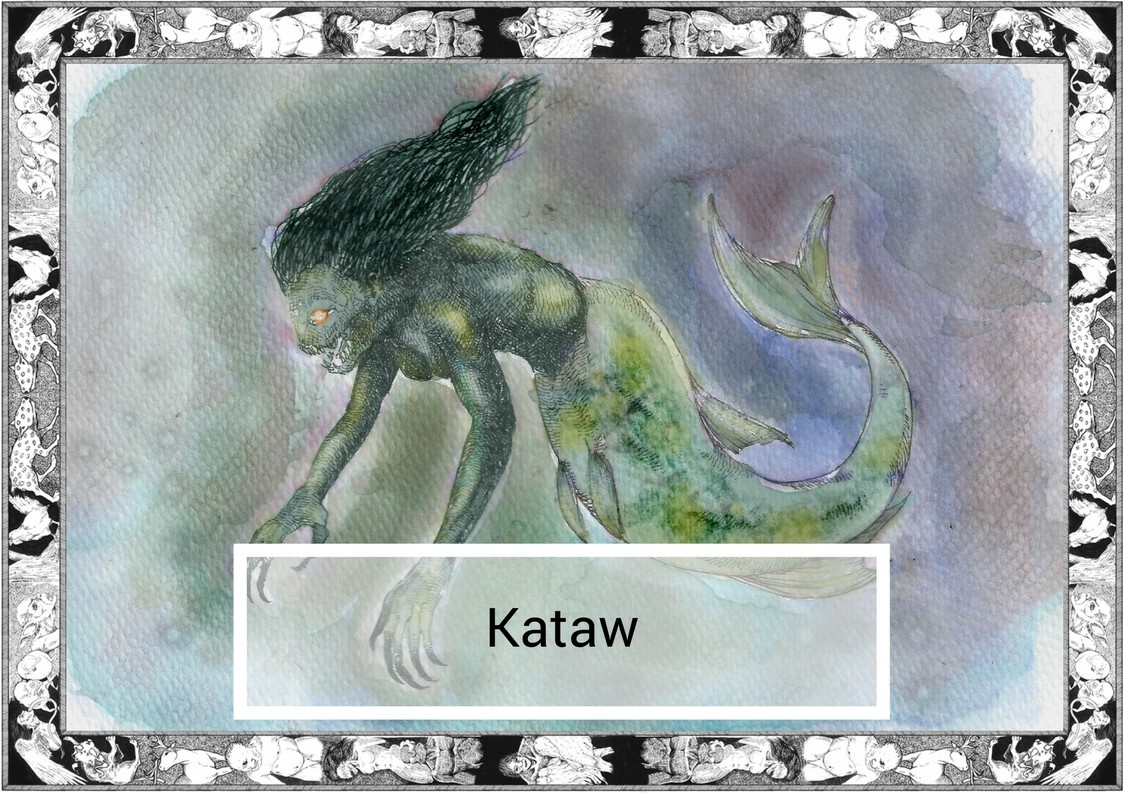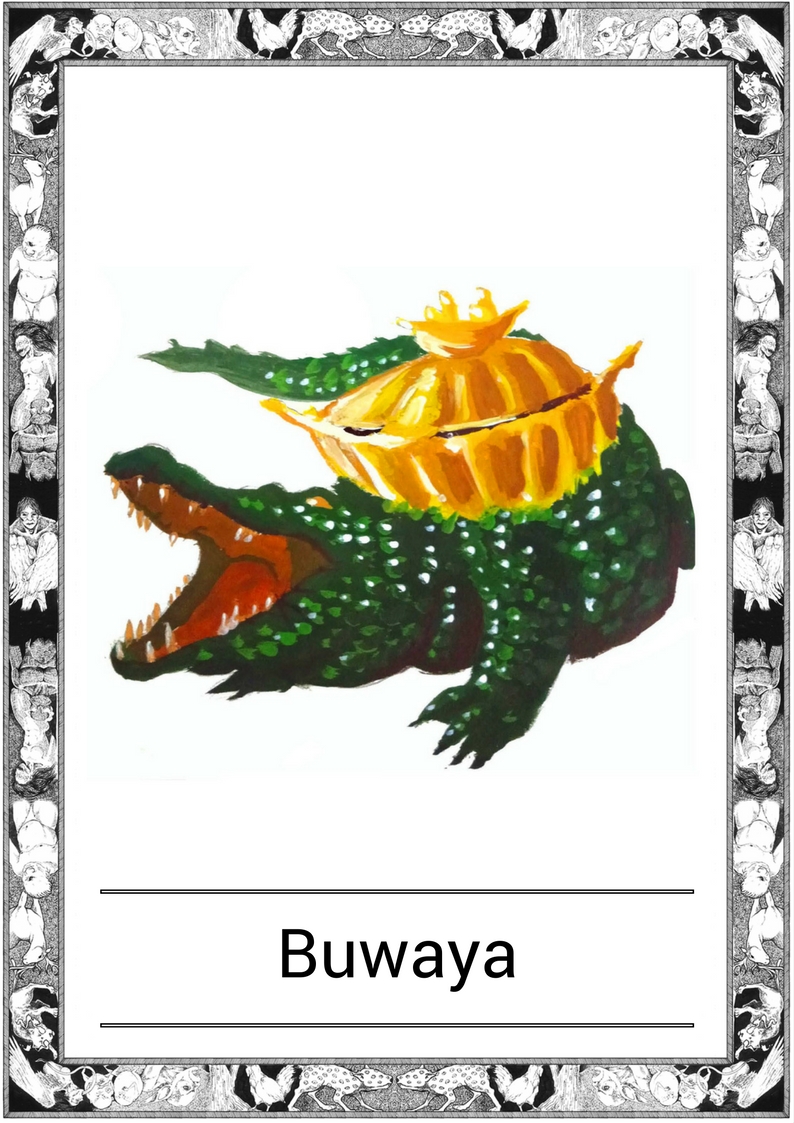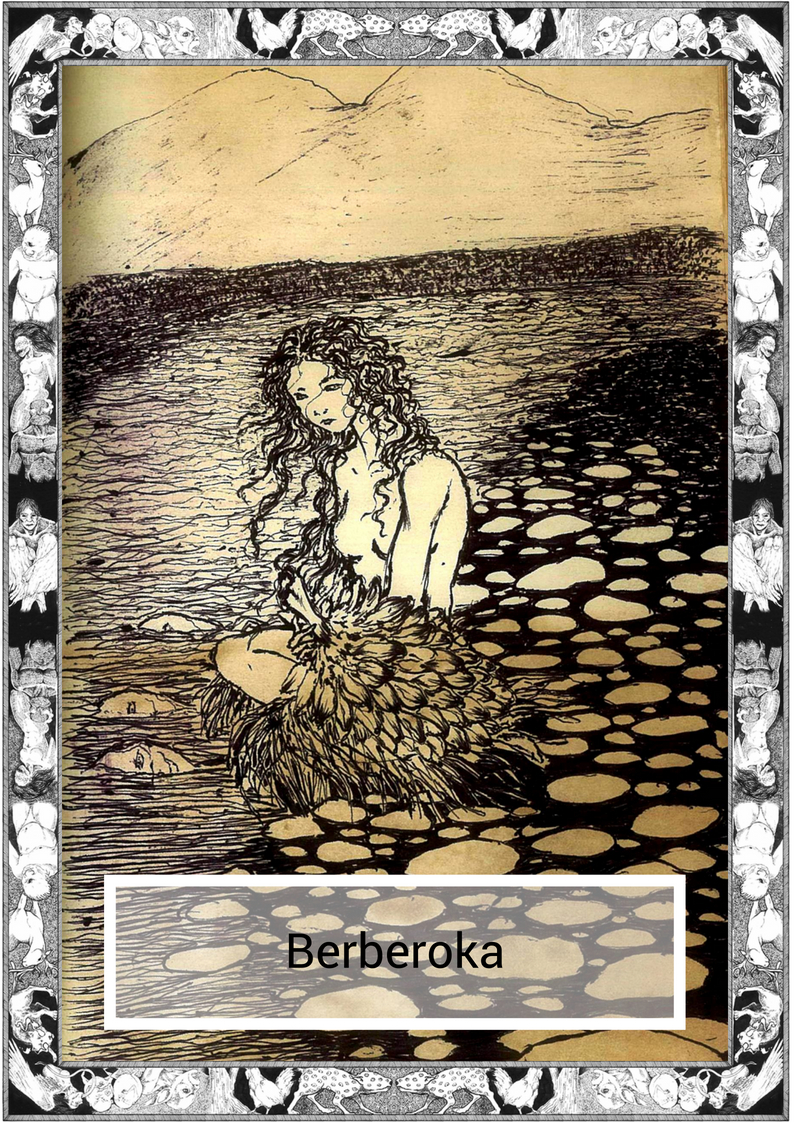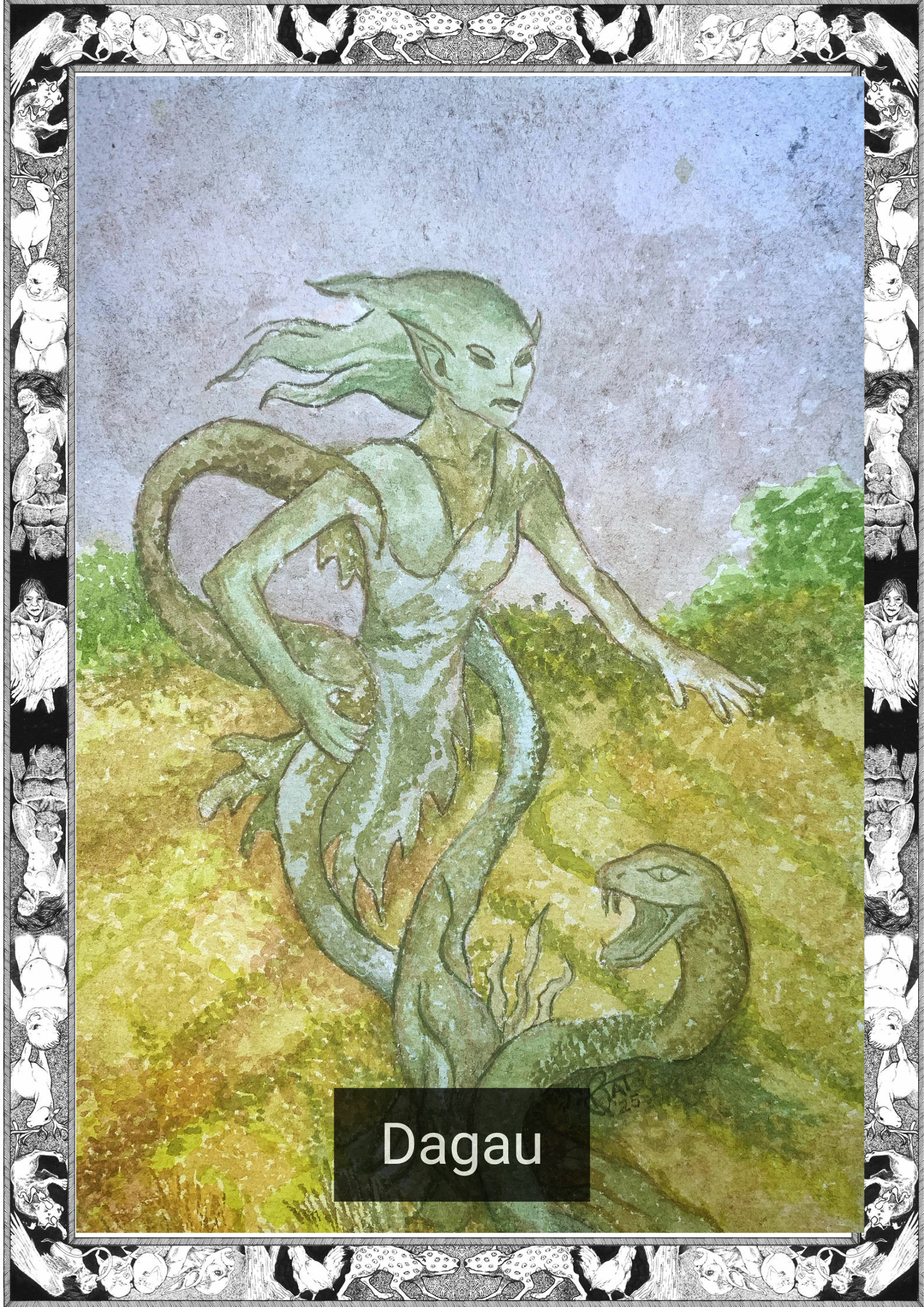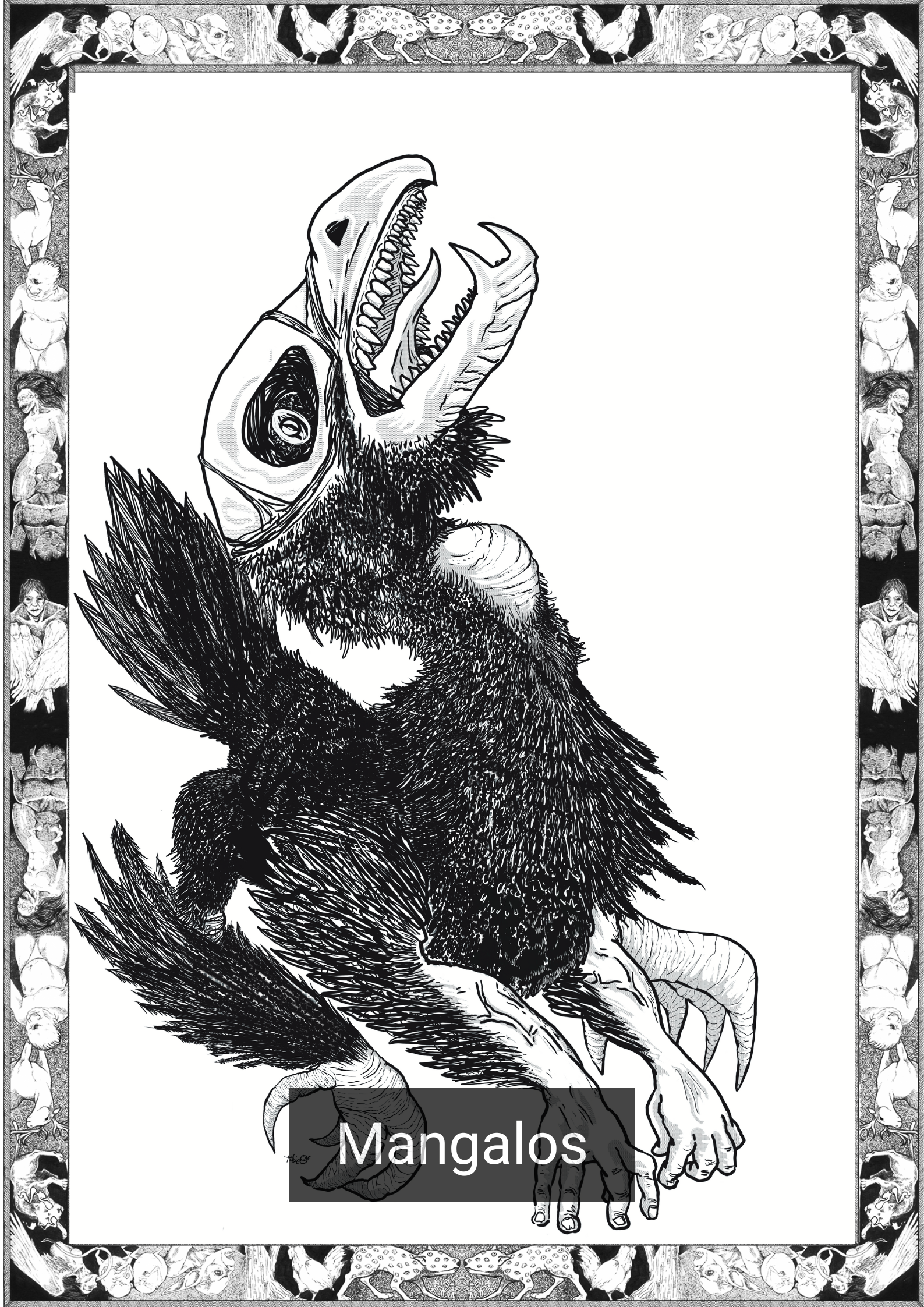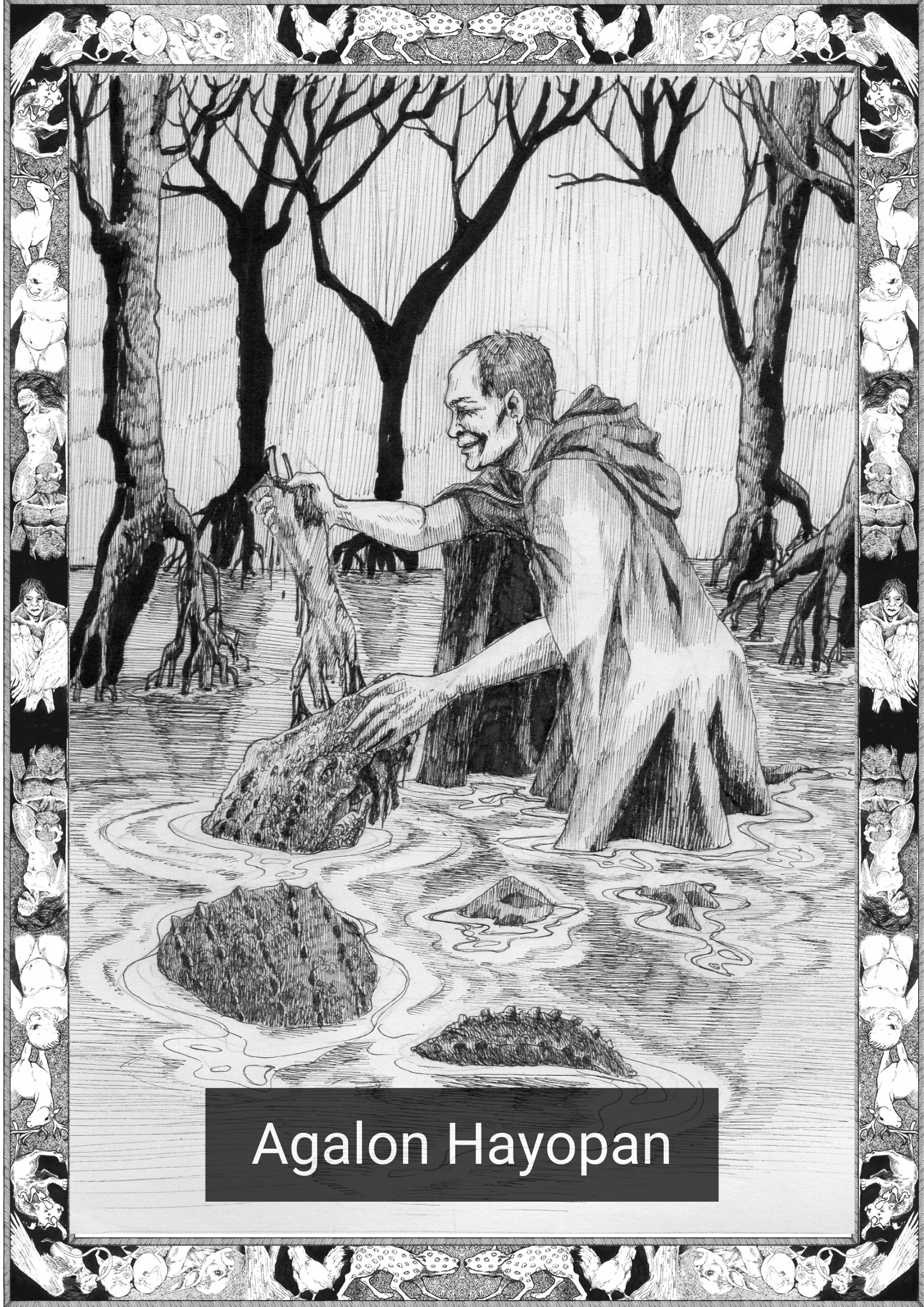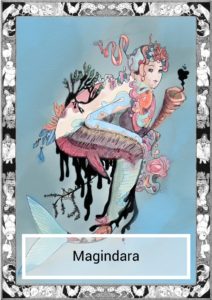
*Note this story is in Inabaknon
Aniya’ gihapon kahahalapun na si dimu’an .
Anurapsik i lunso’ si takulok-na si paragdaying. Agpulbaran na kunta’ pasurrob si buwahi’-kalawot piro kay ga’i papirdi i madlus. Pira ka yukot maktak na si uran i manlurulagapak si day gana’ kurti na si kalawot, piro katu’anan iya nga aniya’ sito gihapon katatapuson na. Ga’i iya agbawa na mayya ato para hamok alimbo’ sanglit mahaya pagtapod na si mga iya hasta si mga allaw nga anakka i katapusan-na.
Sa’intuman na i mga luha’-na si sa’i-na ngan agpabihing na i rosaryo-na. Atalaw to para si iya, piro ammas nga atalaw to para si kaluluwa-na. Dadi’-nayto si sama-na mayto paragdaying nga durudiritso pa gihapon agtutu’o si mga dati pa pama’agi kay alsi kamatu’uran , aniya’ parti na si kalawot nga sakob si laha’ -na, si pagka’allom na.
Agmakimalu’oy i sa’i-na nga antapod iya si paragsalbar-na, i paragsalbar na mga iya. I mag’ataman si iya si pudir-na nga para anghaya si gugma’ ngan si kadanta’an, piro ni adda ga’i to mamati’ si iya. Ga’i sakatu’anan na kon ay klasiha kinabuhi’ i aniya’ mayya si kalawot, ngan i mga paragbantay nga pirmi magparasagdon si mga iya.
“Asuwang na si kalawot” — iyayto i ban’o na si mga iya. Lingon-na mga iya, para pang’aguy-agoy to mga espiritu si mga mangngalawot pina’agi si kanta-na mga iya para alimbo to paragdaying to ngan diritso to mayya kakan na. Nginarat pa gihapon iya si ka’awat na na siray mga surusurumaton ngan kon pira pa gihapon katabbol i manutu’o sito. Katu’anan i paragdaying siray mga uru’istorya: adda bagay nga naggamit para pankorti si pag’agi na si mga panahon para kabuwanan pagrispitar ngan paghanga i mga espiritu.
Piro kay gana’ may siray sa himo’-na. Agbag’o na na si panahon kon ay i magpantakka si mga iya si mga uras si pagkinahanglanun na mayya. Gana’ na sapapumwan-na pa si kalawot, ngan mga pangadyi si mga lunso’. Iya na hamok i mabilin. I pinakadamuri dadi’ lalla si tikaparong pagtu’o.
Agtikawara’ na ina’anto i kusog na si mga sugbong-na si paragdaying. I puho’-na pa’abuyon na si gana’ kahuhuwayon na paglagapak si kalawot ngan uran. Ag’intom na gihapon i sa’i-na ngan ma’isog pa gihapon agtungghunan na i pagtu’o na. Angbusngal dawlo i mga bihi-na pangadyi bago iya pa’utok si kalunsu’an:
Bawa-na ako si kalawot si ruma’ -ko
Agtapod ako si ka’aw
O kaluluwa-na si bagyo ngan kalawot
I kalu’uman salli’an na si kadanta’an
Dinaluman to gihapon mga lunso’
Huwang ko i kalawot
Aniya’ gihapon kahahalapun na si dimu’an.
=——————=
English Version
Everything will be alright.
The waves crash over the fisherman’s head. He tries to tread water but the storm will not let up. Thousands upon millions of raindrops batter the ocean’s shapeless form, but he knows they will pass. They did not lead him here to drown and he will trust in them until the end of his days.
He remembers the tears in his mother’s eyes when he tossed her rosary aside. She was scared for him, but more concerned for his soul. The fisherman was his father’s son and carried on believing in the old ways because the water was in his blood.
His mother begged him to trust his savior, their savior. The one she had raised him to remember in love and light, but he couldn’t listen to her. She could never understand the life they had at sea, the guardians that protected them.
“Aswang ng Dagat” – that’s what they called them. They say that the spirits lured fishermen into the water with their songs to drown and eat them. It still surprised him how long that lie had lasted and how many people still believed in it. The fishermen knew those stories for what they were: a brush used to paint over the centuries of respect and admiration of the spirits.
There was nothing he could do though. The years had changed what people turned to in their times of need. There were no more offerings by the sea, or prayers to the waves. What was left was him. The last son of a dying belief.
The fisherman’s arms are getting weak now. His body is finally surrendering to the endless onslaught of the waves and the rain. He thinks back to his mother and stays firm in his conviction. His lips release one final prayer before his head goes beneath the waves:
The water will lead me home
I will trust in you
O spirits of storm and sea
The darkness will turn into light
The waves will calm
I will be with the sea
Everything will be all right.
=————————-=
*The Inabaknon language, also known as Abaknon, Abaknon Sama, Capuleño, Kapul, or Capul Sinama, is an Austronesian language primarily spoken in the Island Municipality of Capul of Northern Samar, in the Eastern Visayas Region of the Philippines. Unlike the other indigenous languages of the Eastern Visayas, namely Waray, Cebuano and Boholano, Inabaknon is not classified as part of the Visayan language family, but is rather grouped with the Sama–Bajaw languages.
Written by Karl Gaverza
Inabaknon Translation by Jo-An Panis Magloyuan
Copyright © Karl Gaverza
Translation Copyright © Jo-An Panis Magloyuan
Inspired by the Magindara entry in Bikol Beliefs and Folkways: A Showcase of Tradition. Nasayao 2010.
Magindara Illustration by emirajuju
IG: https://www.instagram.com/
Watercolor by Mykie Concepcion
Tumblr: http://
